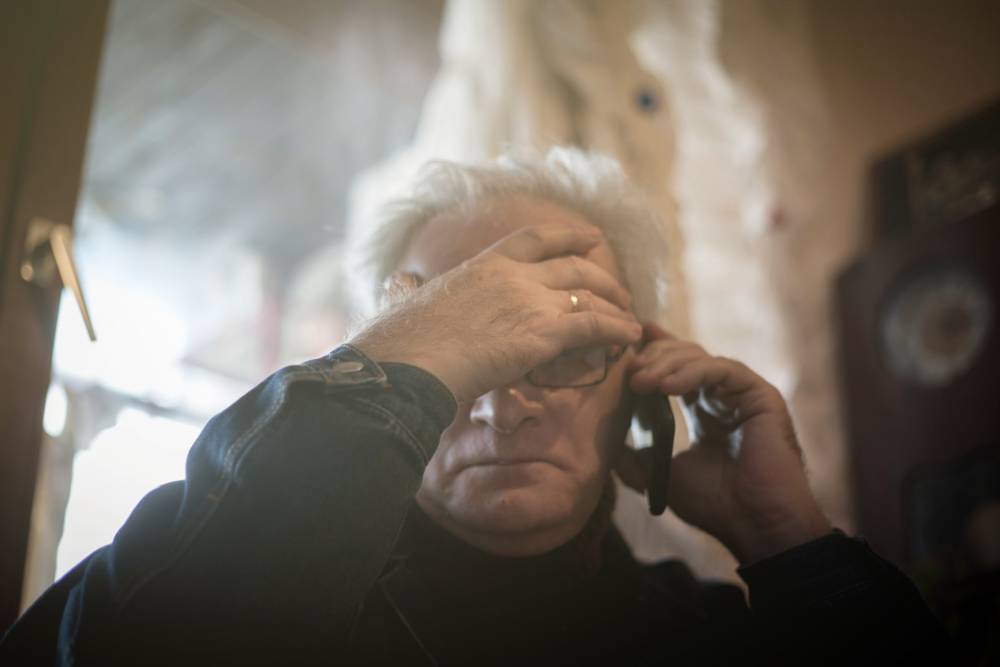
More than 110,000 calls to My Aged Care went unanswered in three years, according to information provided through Senate Estimates.
Last year alone, nearly 43,000 weren’t answered, an average of 118 calls every day.
Satisfaction with the nation’s entry point to the aged care system was also below par. The satisfaction rate for 2018-19 was 57 per cent, below the government’s satisfaction KPI of 65 per cent.
A statement from Shadow Minister for Ageing and Seniors, Julie Collins, said the figures show a system that is “broken and in crisis”.
“My Aged Care is the key entry point for older Australians wanting to access aged care at home or in permanent care,” she said.
“If this Government can’t even get the portal to enter aged care right, how can anyone trust them to fix Australia’s aged care system?”
Leading Age Services CEO, Sean Rooney, told HelloCare it was “unacceptable” that so many calls are unanswered, “especially given the large amount of public funding channelled into My Age Care as a ‘one-stop shop’ for care service access.”
Age and Community Services CEO, Patricia Sparrow, told HelloCare she was “concerned” by the figures.
“Access to information is critical for elderly Australians, or loved ones calling on their behalf,” she said.
“We know that Australia’s population is ageing and people are living longer than ever before, so it’s crucial that these services have the funding and staffing they need to support growing demand.”
Aged Care Minister Richard Colbeck told HelloCare only a small percentage of calls are unanswered and My Aged Care has a record of answering calls quickly.
“In the first half of 2019-20 the proportion of calls that went unanswered fell to less than two per cent,” he said.
“The contact centre has a strong record of answering calls quickly. The average time to answer a call is less than 30 seconds.”
Last week the Royal Commission into Aged Care Quality and Safety considered a new model for aged care that starts with face-to-face contact, a step away from the current call-centre-focused model.
A panel of industry experts reached a “broad consensus” that a face-to-face model would be preferable for a redesigned aged care system.
Minister Colbeck said My Aged Care has a network of assessors, advocates, system navigators and health professionals who can currently provide face-to-face information and guidance to older people and their families to help them access aged care services.
But he said the Department of Health is looking for more ways to introduce face-to-face support, for example through community organisations, to ensure that there is “no wrong door” to access aged care services.
Mr Rooney said it was evident from the royal commission that there is a desire and demand for face-to-face contact when accessing information about aged care services.
Ms Sparrow said more people need access to ‘face-to-face’ services.
“The current system is based on only a few people needing face-to-face support with the emphasis on website and phone contact, but what we’ve learnt is that lots of people need that face-to-face support. By more investment in face-to-face services it will make it easier for people in certain areas and it will help to alleviate some of the pressure on the phone line,” she said.
‘We think we need to flip the system to ensure the majority of people can get face-to-face support locally.”
Mr Rooney said seeking to access aged care services is rarely a planned event and is often the time when help is most needed.
“A sudden illness or deterioration in health often triggers an older person’s need to use aged care services. Having to place numerous calls to My Aged Care in order to get through and obtain advice adds to the stress.
“This is the point at which older people, or the people assisting them, need timely help because they often have their hands full dealing with a health crisis and trying to find a way forward.
Ms Collins said Labor representatives are called “daily” by “desperate” constituents seeking help when they contact My Aged Care.
“It is totally unacceptable that so many older Australians and their loved ones can’t use My Aged Care,” she said.
“Older Australians looking for care at home or in residential facilities deserve better. They deserve certainty and security.”
I attended a Government “Road Show” many years ago about the future direction of Aged Care. The one thing that all attendees agreed was necessary was the availablity of face-to-face assistance.
What did we get – a website that was very difficult to navigate and a 1800 number.